AO Edited
The Black Castle
This severely painted building has a twisted connection to the witch hunts of the 1640s.
According to the old adage, a man’s castle is his home. One such place, known as the Black Castle, can be found along the main avenue of the quaint Scottish seaport village of South Queensferry. Though the impressive and oppressively dark Category A listed building lacks the turrets and a drawbridge that one would associate with a stately residence, it does have a sinister backstory that could rival its counterparts.
The home was originally constructed in sandstone by the prosperous coal merchant Willam Lowrie in 1626 for his wife Marion Speddie and himself; at the time, women often retained their maiden name after marriage. The upper floor has 3 sets of windows, each with carvings and scroll details. The eaves above the dormer windows bear the date of construction, along with Lowrie’s and Speddie’s initials.
The Black Castle may have gotten its name during the witch hunts of the 1640s, in which Lowrie’s family was tragically ensnared. According to court documents, William’s brother James had his own wife, Marion Little, along with yet another Marion, Marion Stein, tried for the practice of witchcraft. On the sixth of April 1643, the two were found guilty of conspiring to cast a spell that would create a storm to sink William’s ship and all those aboard. The two women were then taken to the nearby township of Ferrymuir and burnt at the stake.
This was the period from the 14th to the 17th century known as ‘The Witch Craze’, and it reached such a fever pitch that James also had his own sister tried for witchcraft. At the time, the person accusing another of practicing the dark arts would not only pay for the court costs, but also for the wood used for the immolation. With so many judicial dealings to account for, James ended up bankrupt. It has been suggested that the whole affair was just a ploy, led by the local witch hunter Rev. Ephraim Melville, to cause financial ruin to the Lowrie family.
Since then, the building has changed hands several times. It’s possible that it was named “The Black Castle” during the mid-1800s when a coal merchant lived there. Now, the Castle is split into three residential units—an inhabitable history of a scary time.
Know Before You Go
As this is a private residence, there is no access to the interior of the stately home. Please use common sense as not to disturb the occupants and caution when viewing, as this local landmark is on busy roadway.

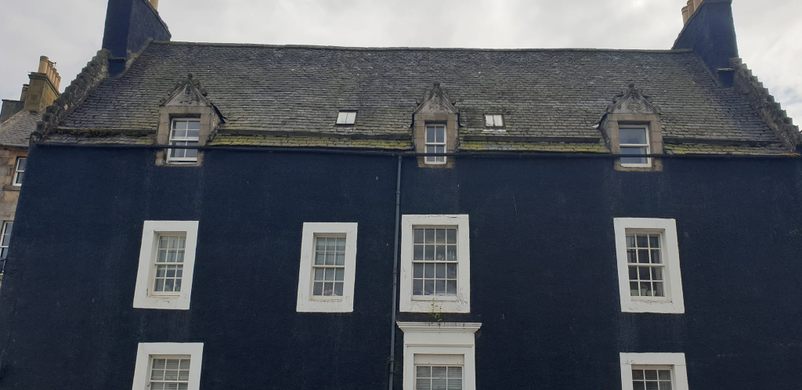

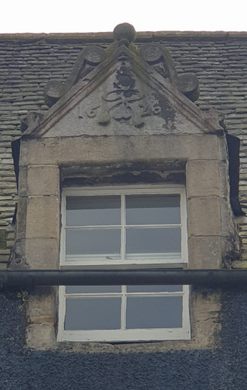
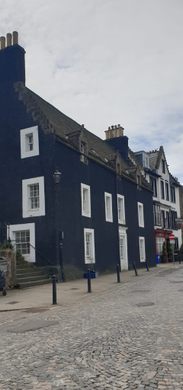
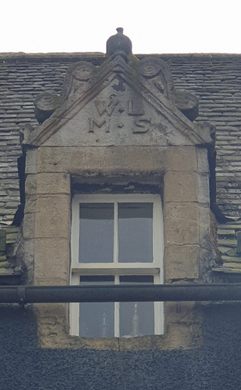
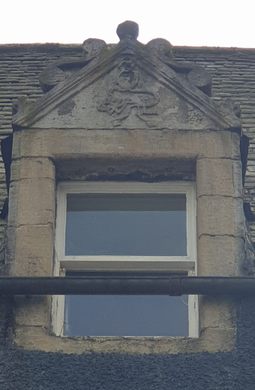
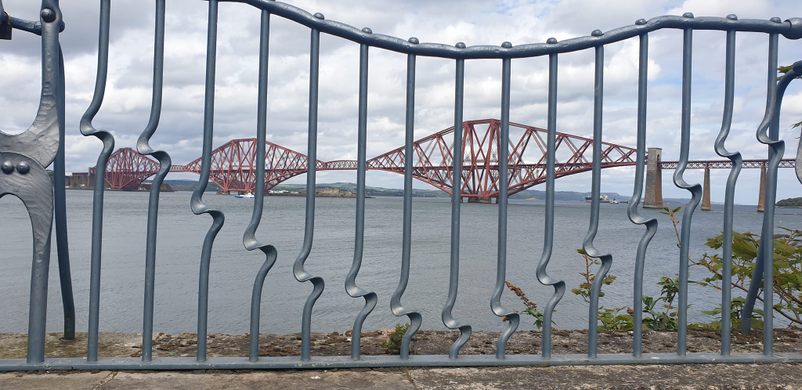
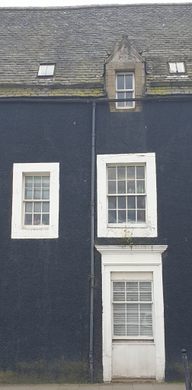


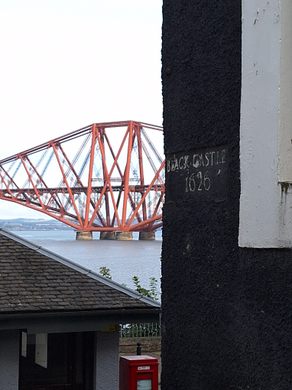






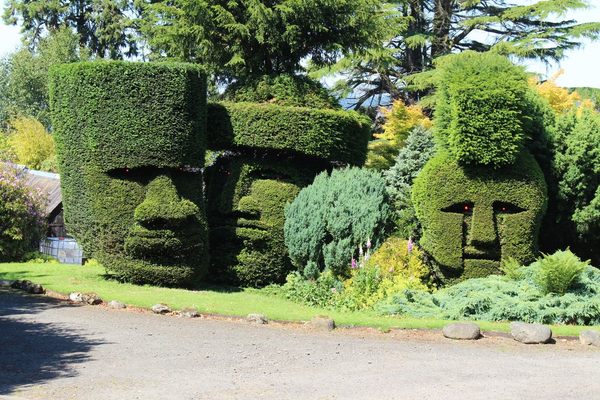

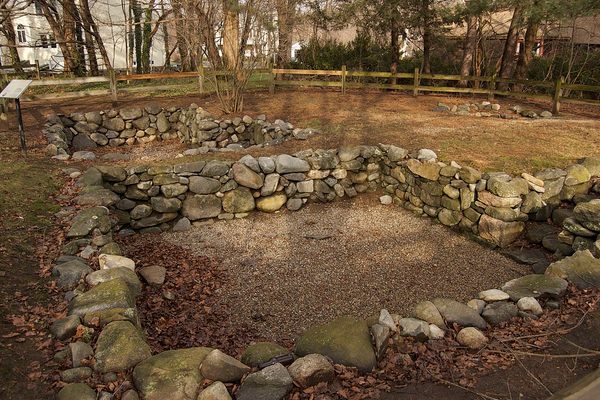
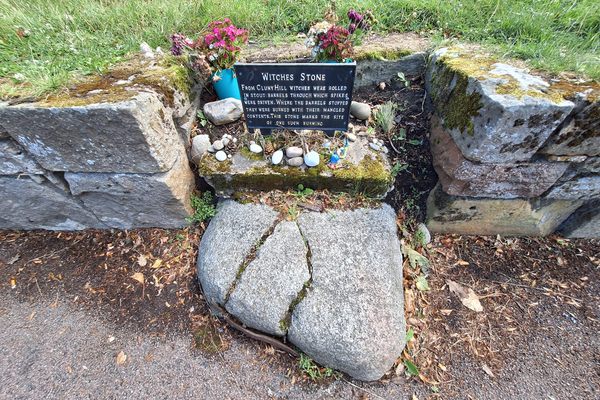


Follow us on Twitter to get the latest on the world's hidden wonders.
Like us on Facebook to get the latest on the world's hidden wonders.
Follow us on Twitter Like us on Facebook